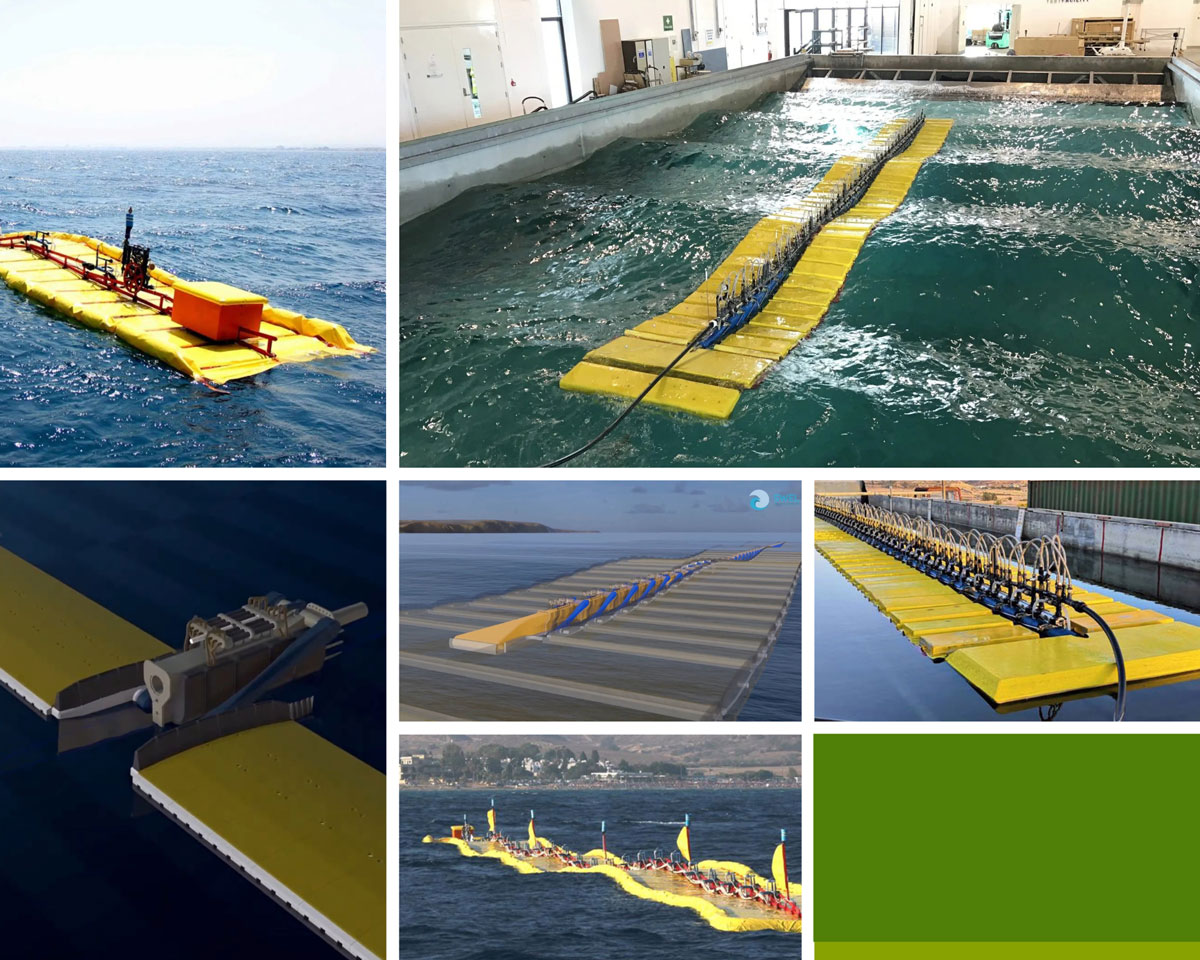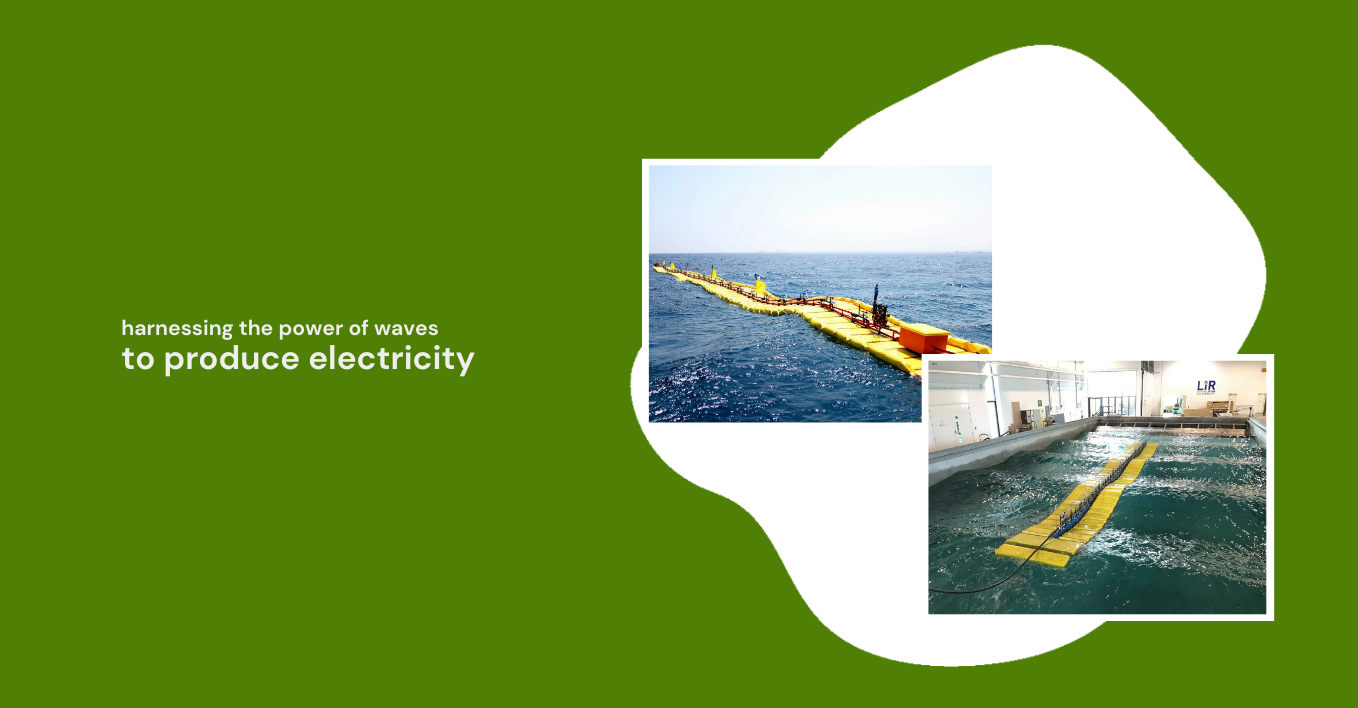Summary:
- The Waveline Magnet, developed by UK-based startup Sea Wave Energy Ltd. (SWEL), is a spine-like device that floats on top of the sea perpendicular to the shore to capture the kinetic energy of waves.
- The magnet can produce significant power levels at a competitively low cost.
- It floats on water, harnessing the power of waves to produce electricity.
- Field testing revealed that the magnet is on par with fossil fuels in raw mechanical power output at full capacity.
- The next step for SWEL is to commercialize its technology and begin mass production.
Full Story:

Ten years in the making, the innovative Wave Energy Converter (WEC) — developed by the UK and Cyprus-based R&D company Sea Wave Energy Limited (SWEL), is poised to shake up the energy industry.
So far, the technology has performed successfully in both wave tanks and sea testing environments.
Even in its current state of development, the “Waveline Magnet” can produce significant power levels at a low cost, competing with non-renewable energy sources in affordability. Under the right conditions and forces, SWEL estimates a single WEC can generate 100 MW of power.
The bigger the wave power, the more energy it can harness.
How does it work?
The Waveline Magnet floats on the water, channelling the power of waves to produce electricity. Comprised of several lightweight floating platforms, the Waveline Magnet seamlessly follows the movement of waves. The platforms are linked via a spine-like central power system to create a flexible device able to contend with robust currents at sea.
What will manufacturing look like?
The Waveline Magnet will not require specialized production lines or huge new infrastructure to accommodate its manufacturing requirements. It can be built from recyclable materials, like reinforced plastics making the system lightweight and easy to transport. Mass-production turnaround times are expected to be short, weeks rather than months.
How will it stack up to the competition?
Field testing of the Waveline Magnet revealed that the system is on par with fossil fuels in terms of raw mechanical power output at full capacity. The system can regulate the amount of energy extracted from waves in a controlled manner.
Impressively, although the Waveline Magnet is only a few centimetres thick, it’s strong enough to support users safely riding on it, making it easy to repair and maintain.
Its manufacturing and transportation costs are low, thanks to its lightweight and simple design. The device’s unique interaction with the moving forces of the sea makes it more robust. It’s designed to embrace the surface of the sea. Instead of coming into conflict with the wave, it moves along with the wave, which keeps maintenance and repair costs to a minimum.
Next Steps
A climate-friendly alternative to traditional technologies, the Waveline Magnet is a cost-effective and relatively low-maintenance solution.
SWEL released a concept design simulating the mechanism of its latest Waveline Magnet model early this year and created a lot of buzz for a simple design with the potential to make waves. The next step for SWEL is to commercialize its technology and begin mass production.
In the meantime, additional trials on the pilot model will take place to protect the system’s loads and behaviour more accurately under different conditions.




